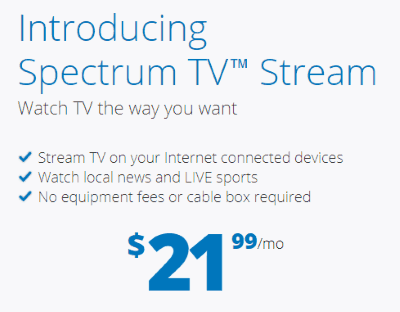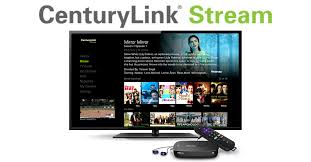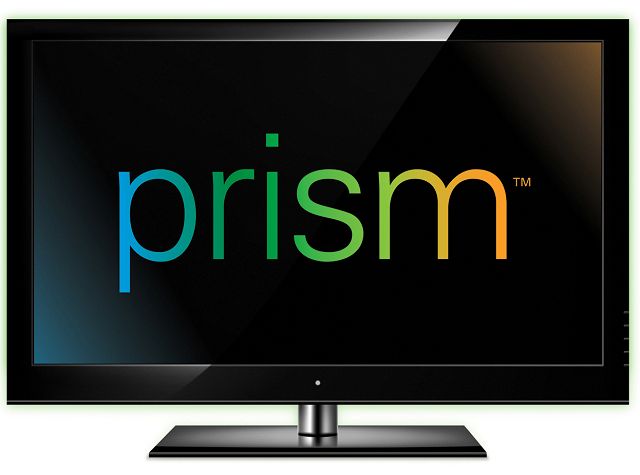
Allegedly independent Cunningham Broadcasting’s headquarters are located at 2000 West 41st Street in Baltimore, coincidentally the same address as Sinclair-owned WBFF-TV, the city’s FOX affiliate.
An analyst warns Sinclair Broadcasting’s willingness to part with WPIX-TV in New York and WGN-TV in Chicago may amount to transferring control of the stations on paper from one hand to the other.
Broadcasting & Cable reports an unnamed source told the trade publication Sinclair is considering “selling” the stations to Cunningham Broadcasting, which is effectively Sinclair in all but name.
Cunningham and Sinclair are more than a little close. The majority of Cunningham-owned stations are run by Sinclair under local marketing agreements, and Sinclair’s founding family controls more than 90% of Cunningham’s stock. That has led to repeated accusations Cunningham is nothing more than a shell corporation used by Sinclair to circumvent the FCC’s TV station ownership caps, something both companies strenuously deny. But observers note some remarkable coincidences, starting with the Cunningham name itself. Cunningham Farms, on a 200-acre estate, Cunningham Manor, are both owned by Sinclair executive chairman David Smith.
Cunningham Broadcasting’s corporate headquarters are inside the studios of WBFF-TV, Sinclair’s FOX affiliate in Baltimore. Cunningham owns WNUV, Baltimore’s CW affiliate, which is also run from the same building as WBFF.
WNUV was originally planned to be a direct Sinclair acquisition, but FCC rules prohibited that. So Sinclair guaranteed loans allowing Glencairn Ltd., (later to be renamed Cunningham Broadcasting), to acquire WNUV instead. At the time, Carolyn Cunningham Smith, the mother of Sinclair’s current executive chairman David Smith, had voting control of Cunningham. That control has since passed to a trust run for the benefit of Smith’s children after Carolyn died in 2012.
After Glencairn/Cunningham won control of the station, it immediately signed a local marketing agreement with Sinclair. That agreement merged WNUV’s operations under the control of Sinclair-owned WBFF. Most employees at WNUV report to Sinclair management. Many of the Cunningham-owned stations also offer options to Sinclair to acquire the stations outright should deregulation of ownership limits permit.

A shell corporation is essentially an entity in name only, usually quietly controlled by someone else seeking to keep their true identity secret.
Should WPIX-TV and WGN-TV end up in the hands of Cunningham, it would be unprecedented for a company its own president admitted in 2013 was dependent on Sinclair to help program their stations, noting Sinclair is “a smart company, and they certainly have a lot more experience.” WPIX is in the nation’s number one television market, WGN is in the third largest market. The majority of Cunningham’s 20 stations are FOX, CW, or MyNetworkTV affiliates in small and medium-sized markets. A few are so small, they don’t even have websites.
Craig Aaron, president and CEO of Free Press, suspects Sinclair could once again be thumbing its nose at the FCC’s ownership caps, and the planned divestiture may be in name only.
“It’s not clear to me who the new owner is going to be from the documents filed, but it sure looks like business as usual for Sinclair, which has long specialized in propping up shell companies to evade FCC rules,” Aaron told The Baltimore Sun. “The idea that Armstrong Williams [owner of another side entity that also owns stations that Sinclair runs] or Cunningham or whoever they are setting up as the ‘owner’ of these stations is independent from Sinclair, at least if the past is any guide, is a complete fiction. Sinclair should not be allowed to set up shady front companies to evade the congressionally mandated ownership caps. But Ajit Pai’s FCC is aiding and abetting this ruse in every way.”
The FCC’s inspector general is reportedly now investigating whether Pai improperly pushed through ownership cap rule changes to directly benefit Sinclair’s efforts to grow even larger.
Should Sinclair successfully acquire Tribune Media’s television stations, Sinclair will control 233 television stations that reach 72 percent of U.S. households. The FCC’s media ownership cap now limits an single owner’s reach to 39% of the nation’s audience.
 While the FCC has shown little interest in slowing down Sinclair, the Justice Department has previously blocked some of Sinclair’s moves. When Sinclair was forced to divest WSYT-TV, the FOX affiliate in Syracuse, N.Y., it first hoped to sell the station to Howard Stirk Holdings, owned by conservative commentator Armstrong Williams.
While the FCC has shown little interest in slowing down Sinclair, the Justice Department has previously blocked some of Sinclair’s moves. When Sinclair was forced to divest WSYT-TV, the FOX affiliate in Syracuse, N.Y., it first hoped to sell the station to Howard Stirk Holdings, owned by conservative commentator Armstrong Williams.
Williams coincidentally has served as a longtime commentator for Sinclair, which forces its owned and operated stations to carry conservative messages in local newscasts. Sinclair believed so much in Armstrong, it guaranteed his company’s acquisition loans in similar deals. Sinclair may also benefit from the fact that Armstrong, a minority, gets extra consideration and relaxed rules from the FCC to promote minority station ownership. In other deals, after taking ownership, Armstrong promptly signed contracts with Sinclair to run the stations for him.
The Justice Department was not convinced by explanations of the close relationship between Armstrong and Sinclair. It objected to the sale, writing “it wouldn’t work” because “it would still be like a duopoly.” Sinclair also couldn’t persuade the Justice Department to believe Sinclair and Cunningham were completely independent companies either, eventually forcing Sinclair to abandon efforts to sell WSYT to Cunningham. Today WSYT is owned by Northwest Broadcasting, which owns a handful of stations in the rural Rocky Mountain west and has no ties to Sinclair.
Anderson admitted what was behind the maneuvering to sell WSYT in a 2013 Wall Street Journal story.
“They [The Justice Department] were not comfortable yet,” Anderson said, “and in the interest of time, Sinclair went to Plan B [selling the station to Northwest Broadcasting].”
“It’s a scandal,” Aaron told CNN in 2017. “Trump-favoring mega-chain [Sinclair] gets rules changed — and expects others to be erased — so it can put its cookie-cutter newscasts in nearly 70 percent of local markets across the country. I feel terrible for the local journalists who will be forced to set aside their news judgment to air Trump administration talking points and reactionary commentaries from headquarters. This deal would have been DOA in any other administration, but the Trump FCC isn’t just approving it; they’re practically arranging it.”
 The Trump Administration is seeking billions in new “user fees” charged to broadcasters, cable and satellite providers that would likely be passed along to consumers as a new surcharge on their cable, wireless, and broadband bills.
The Trump Administration is seeking billions in new “user fees” charged to broadcasters, cable and satellite providers that would likely be passed along to consumers as a new surcharge on their cable, wireless, and broadband bills.

 Subscribe
Subscribe Verizon has announced a wave of call center closures in several states that will results in layoffs, although some employees will be invited to reapply for their position if they are willing to move to another state or continue their work as a “Home Based Agent” taking customer service calls from a home office.
Verizon has announced a wave of call center closures in several states that will results in layoffs, although some employees will be invited to reapply for their position if they are willing to move to another state or continue their work as a “Home Based Agent” taking customer service calls from a home office. Although Spectrum customers can visit the order page to sign up for Spectrum Choice immediately, when we tested it this afternoon we found the website was not able to complete an order. It turns out Spectrum is initially “hand-selecting” about 100,000 customers in selected areas for Spectrum Choice, but won’t disclose exactly where those areas are. We know from some reviews, it is available in parts of Ohio.
Although Spectrum customers can visit the order page to sign up for Spectrum Choice immediately, when we tested it this afternoon we found the website was not able to complete an order. It turns out Spectrum is initially “hand-selecting” about 100,000 customers in selected areas for Spectrum Choice, but won’t disclose exactly where those areas are. We know from some reviews, it is available in parts of Ohio.



 CenturyLink Stream, the phone company’s planned nationwide alternative to cable television, will shut down its streamed package of nearly 50 channels on March 31.
CenturyLink Stream, the phone company’s planned nationwide alternative to cable television, will shut down its streamed package of nearly 50 channels on March 31.
